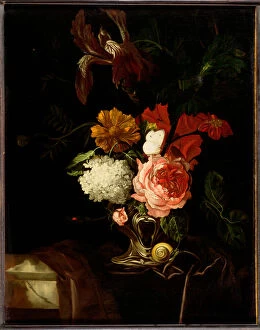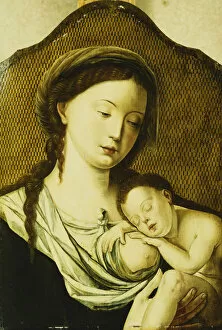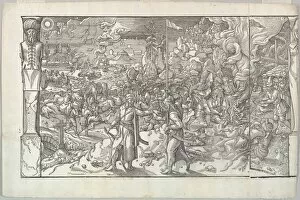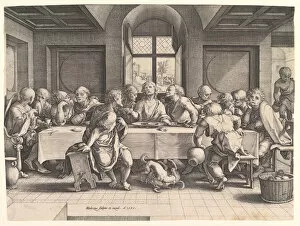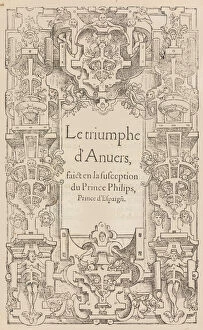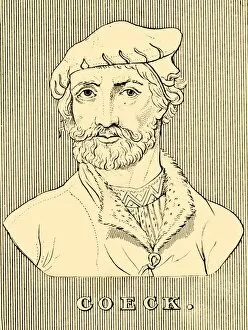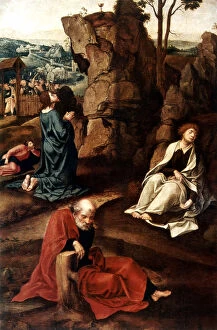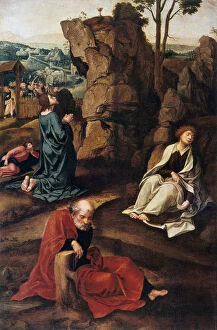Van Aelst Collection
Pieter Coecke van Aelst, a renowned Flemish painter and architect of the 16th century, left an indelible mark on the art world with his exquisite works
For sale as Licensed Images
Choose your image, Select your licence and Download the media
Pieter Coecke van Aelst, a renowned Flemish painter and architect of the 16th century, left an indelible mark on the art world with his exquisite works. From delicate floral still lifes to religious masterpieces, his talent knew no bounds. In "A Rose, an Iris, Lilac and other Flowers in an Auricular Silver Vase with a Snail, " van Aelst captures the beauty of nature in all its glory. The vibrant colors and intricate details bring these flowers to life, while the snail adds a touch of whimsy. "The Temptation" is another captivating piece by van Aelst. With meticulous brushwork and expert use of light and shadow, he depicts the eternal struggle between good and evil. This oil on panel painting leaves viewers pondering their own inner battles. Religious themes were also close to van Aelst's heart as seen in "The Madonna and Child. " Through skillful composition and tender expressions, he portrays the divine bond between mother and child. The soft hues create a serene atmosphere that invites contemplation. Van Aelst's talents extended beyond painting; he was also an accomplished architect. His book "Ces Moeurs et fachons de faire de Turcz" sheds light on Turkish customs from the 16th century. It serves as both a historical document and a testament to his curiosity about different cultures. "The Last Supper, " created by Hendrik Goltzius but inspired by van Aelst's design, showcases his influence even after his passing. The attention to detail in this engraving reflects Van Aelst's commitment to precision. In "Le triomphe d'Anvers faict en la susception du Prince Philips, " we witness van Aelst's celebration of Antwerp through elaborate architectural designs for festive events during Philip II's reign as Prince of Spain (1550). His ability to blend art and architecture is truly remarkable.

